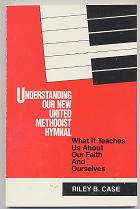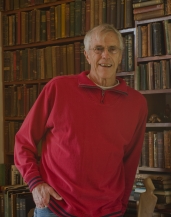Understanding the New United Methodist Hymnal
By Riley B. Case
Excerpt: from pages 41-42
Thus the gap. On the one hand is the perspective taught me in seminary. The seminary made no attempt at evenhandedness. It was committed to "relevancy," academic solutions and whatever form of liberalism or neo-orthodoxy seemed popular at the moment. It looked with disfavor on simplistic answers, on too much emotion and on anything that culturally, educationally, socially or religiously might offend modern man. At times, it expressed embarrassment over Methodism's revivalistic heritage and its modern-day descendants, who were often characterized as fundamentalists or literalists.
On the other hand is common, ordinary Methodism (including the Evangelical United Brethren churches). Everyday Methodism, even though it has lost much of its forebears' enthusiasm, has continued to resist many of the efforts of the seminary-eaducated clergy and the church bureaucracies to retrain and redirect the church. Even when Methodism was no longer revivalistic, it carried over the cultural and theological preferences of its evangelical past. These preferences, partly cultural and partly theological, express themselves in music and hymns.
Not long ago, I reexamined the hymnal that was used in the first church I served. The Union Chapel hymnal, the "unofficial" book that cast suspicion on its congregation's loyalty, had nearly twice as many actual Methodist authors as the official hymnal.

